George Russell's convincing victory in the Singapore Grand Prix, supported by a strong performance from Kimi Antonelli, has raised the question of whether Mercedes can be more competitive in the upcoming races.
A detailed analysis of the W16's performance on the Marina Bay Street Circuit reveals that the increased pace was largely due to specific tyre pressure management.
Mercedes made targeted adjustments to the characteristic suspension geometry at both the front and rear. In the Southeast Asian city-state, where aerodynamic efficiency depends heavily on downforce, the key to performance was not just tyre wear, but more importantly, the optimal use of the tyres.
The W16's overall balance enabled Russell and Antonelli to find maximum confidence within the tight confines of Marina Bay.
The adjustments significantly improved mechanical grip on both axles, allowing the drivers to better sense and push the car to its limits.
After a rather difficult first free practice session, the engineers made a series of decisions that almost completely contradicted the simulator data.
Viewed by others:
Evolution
Mercedes' development process has shown a clear pattern. After a few races, the team introduced a revised rear suspension, which was later removed from the car starting with the Hungarian Grand Prix.
This highlights that the W16's peak performance has always been the result of a complex interplay of factors, rather than a single upgrade or breakthrough.
While Mercedes may have outperformed Ferrari in terms of outright performance, it still appears unlikely that they will play a decisive role in the title fight — a position that seems more firmly held by Red Bull.
Looking ahead to the final six races of the season, beginning in Austin, it is likely that the W16 will again be capable of delivering strong results — though not consistently.
While surprises remain possible, the team's performance throughout the season suggests that consistency will continue to be a challenge for the Brackley-based outfit.
Front wing
The new front wing, introduced in Singapore, represents the final piece in the W16's development puzzle.
Throughout the season, Mercedes has primarily focused on the car's floor, seeking to enhance both the quantity and distribution of aerodynamic downforce.
Floor development
As noted, the W16's floor has been progressively modified, with various refinements in micro-aerodynamics — including the addition of vortex generators positioned on the outer edge of the outflow expansion area.
Don't miss out on any of the Formula 1 action thanks to this handy 2026 F1 calendar that can be easily loaded into your smartphone or PC.
Download the calenderMost read
In this article
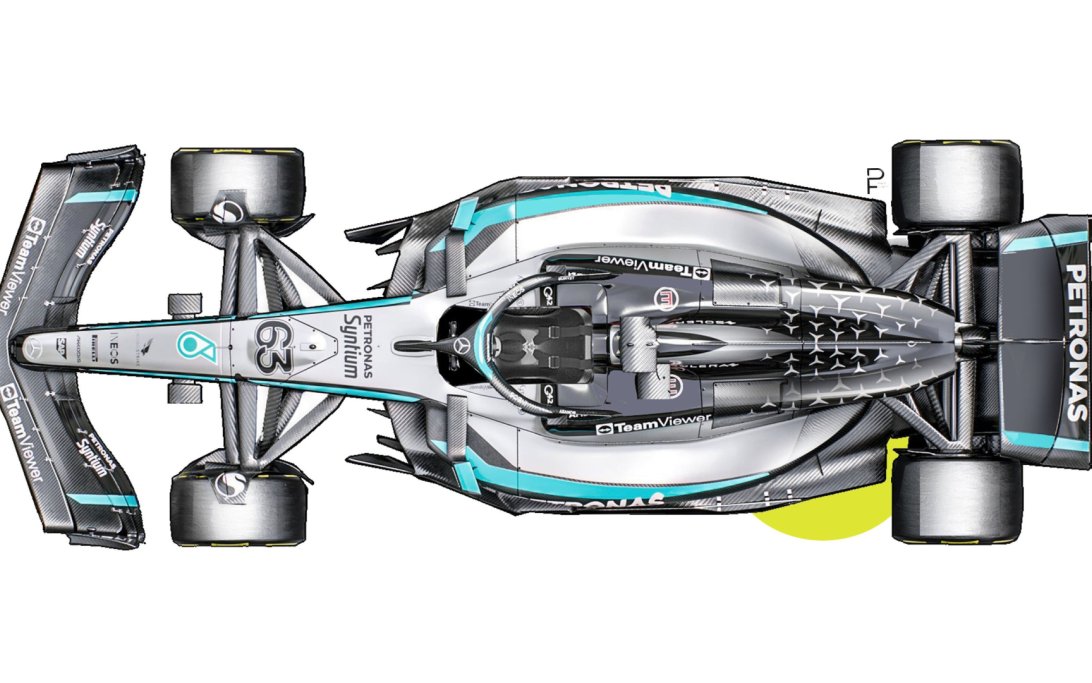
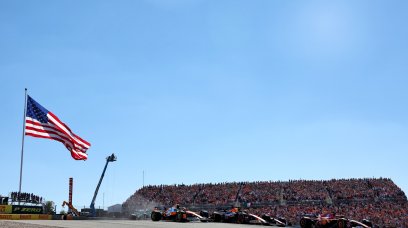
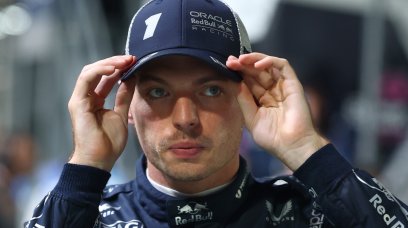
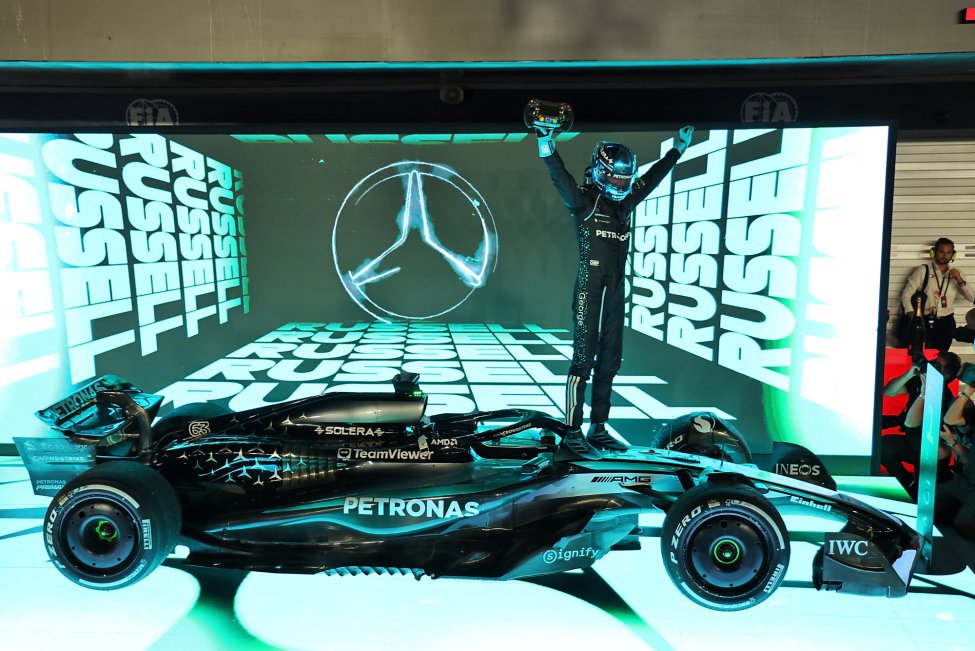
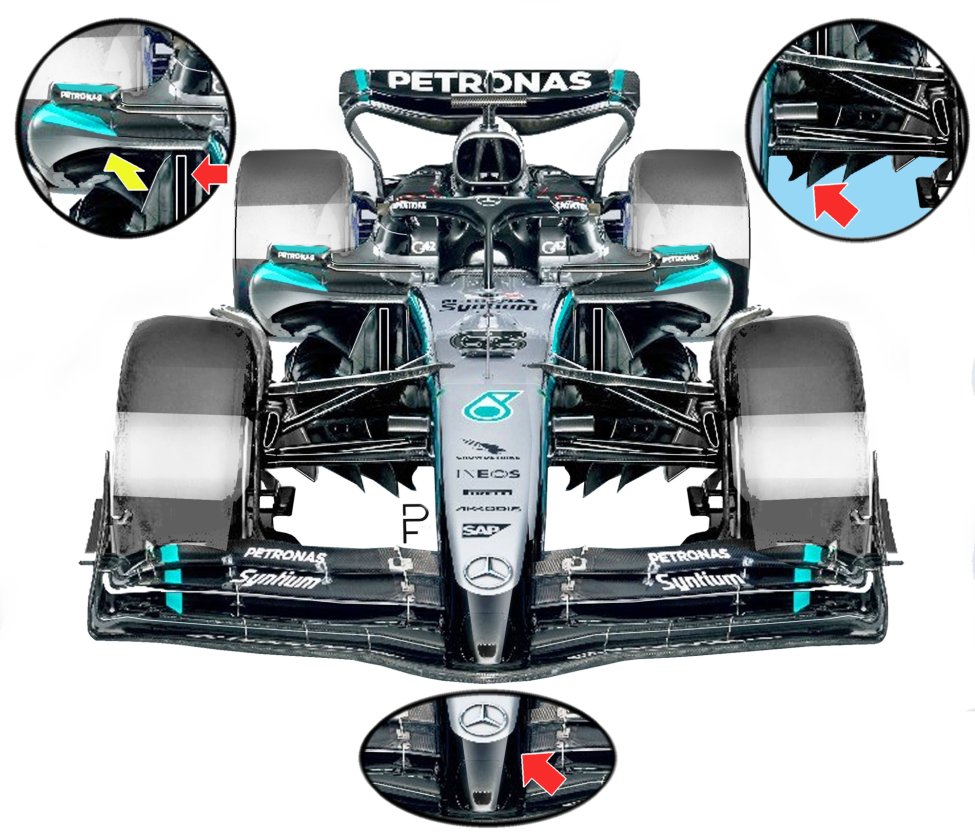
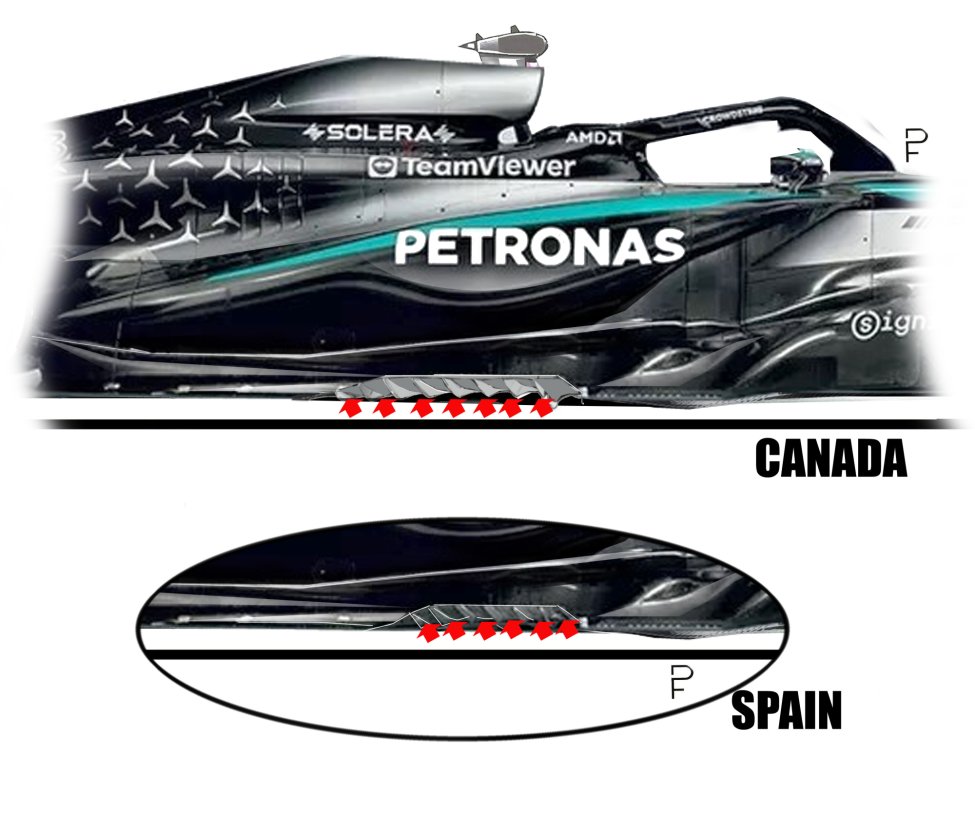
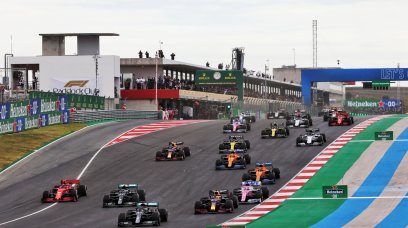
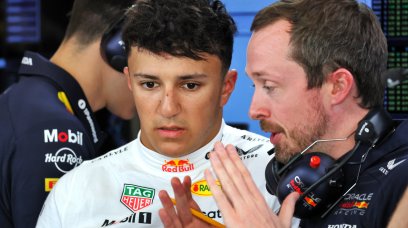
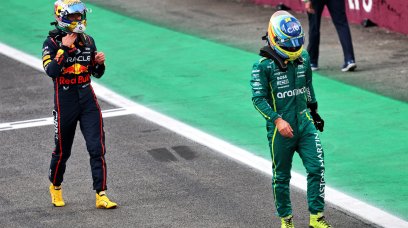
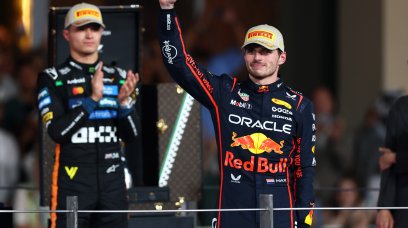
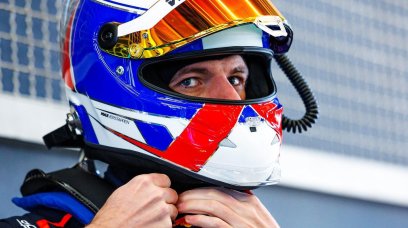
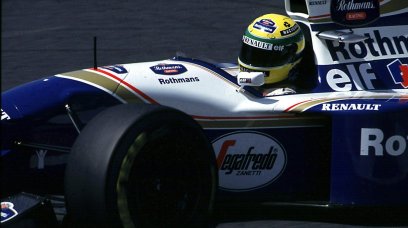
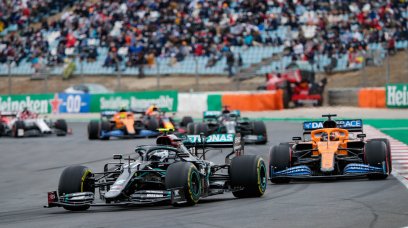
Join the conversation!